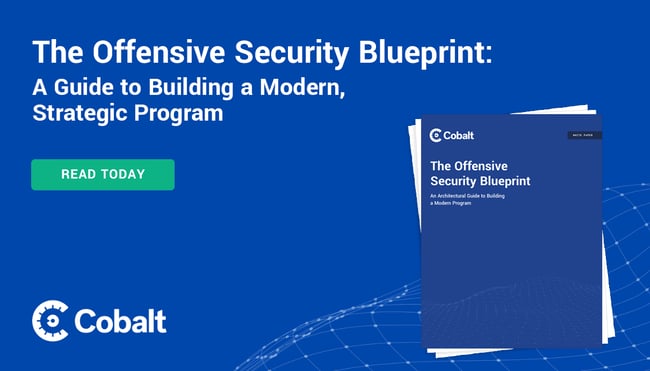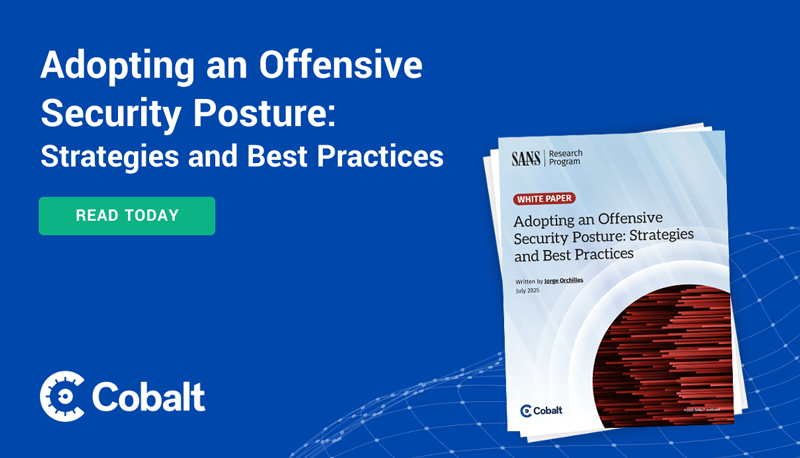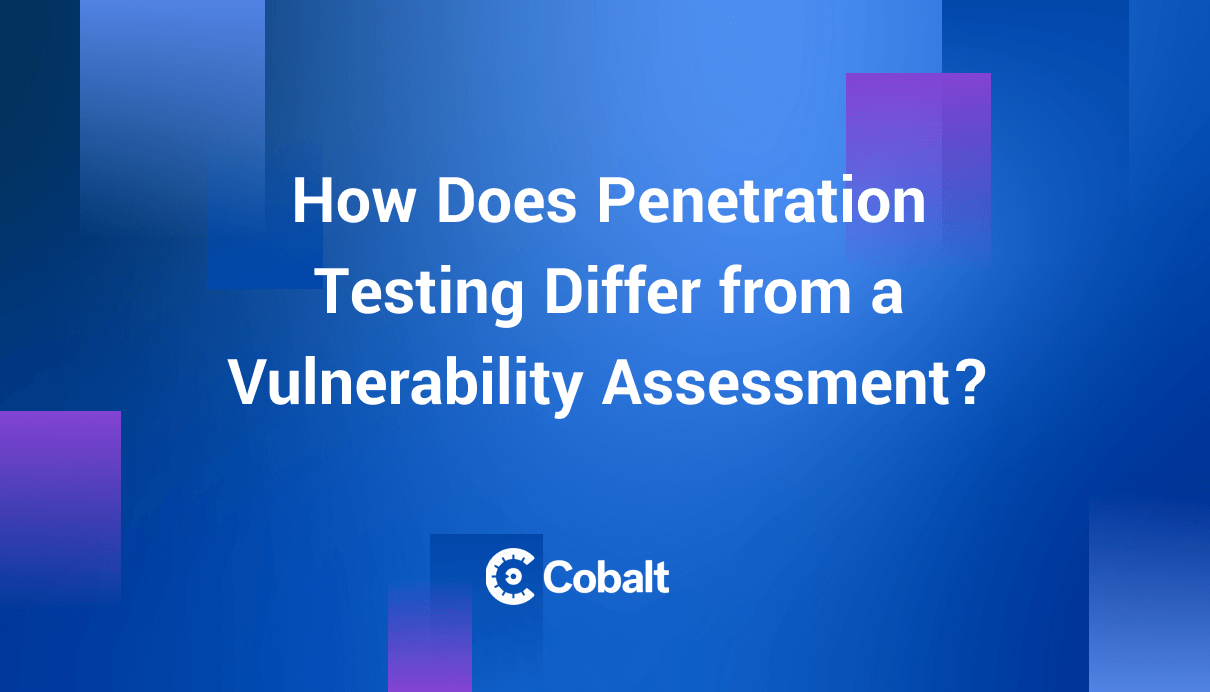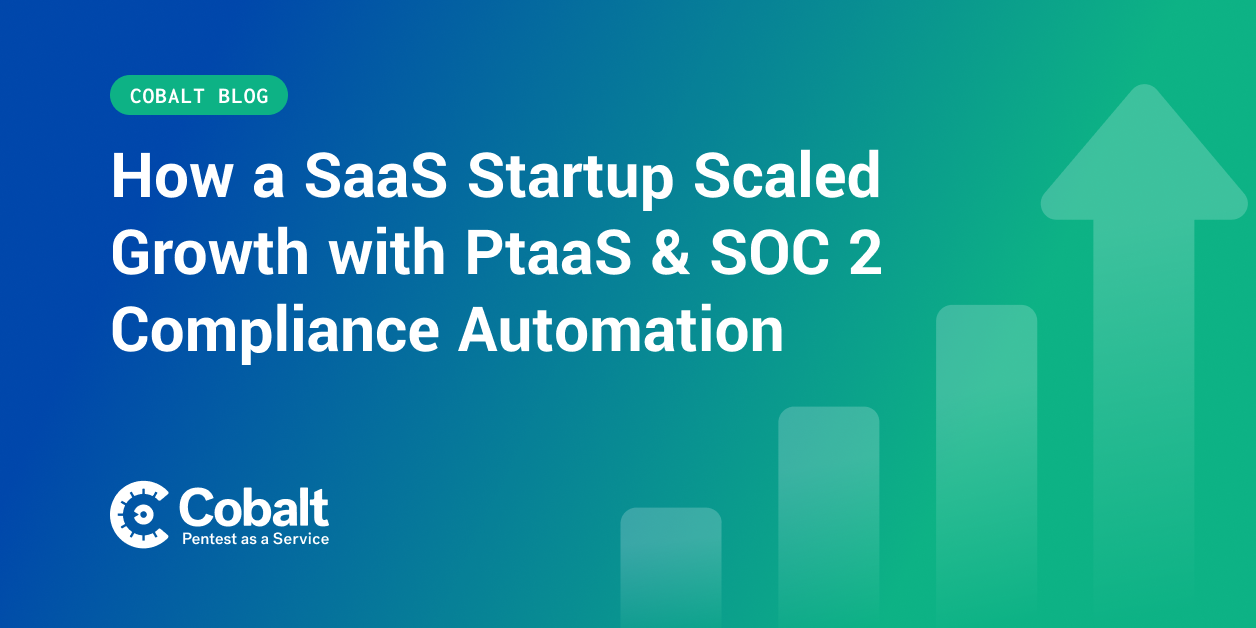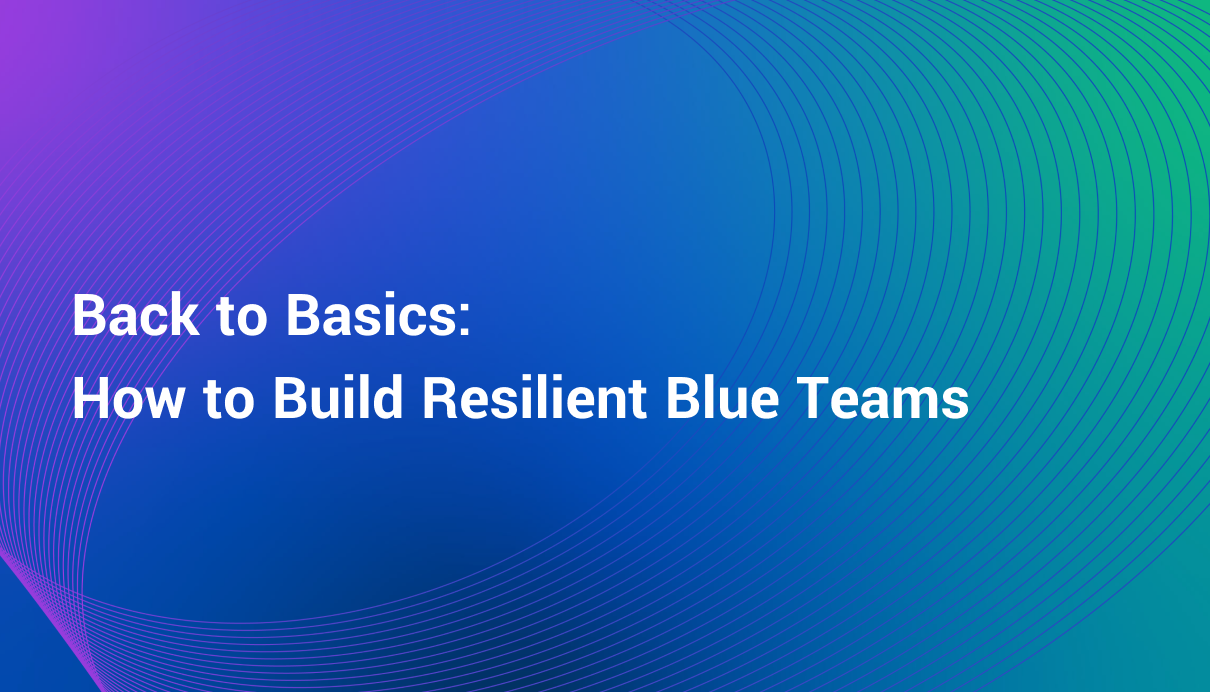The security of our online assets has never been more critical.
Just recently, Ticketmaster, a leading U.S. entertainment ticket provider, disclosed a data breach affecting 500 million customers nationwide. The ShinyHunters hacking group accessed the company’s data via a third-party cloud database environment, stealing files containing a wide variety of customer data, from names and contact details to partial payment card data and order information. This could expose the company to threats ranging from identity theft to financial fraud or support other cyber attacks.
The incident underscores the vulnerabilities that even well-established companies face in the digital age - showing the importance of security testing across various layers of an organization. Below, we'll look at the different types of security testing designed to avoid situations like this, the goals of each type of testing, and how they help improve a company’s security posture.
Understanding the Layers of Security Testing

1. Company Layer
A company's online presence is a complex ecosystem encompassing various functionalities and data. This ecosystem encompasses a wide range of aspects, from your brand reputation and website or social media accounts to cloud-based services or customer databases.
Any vulnerability in these interconnected networks can lead to breaches, unauthorized access, or operational disruptions. Therefore, ensuring the security of a company's online presence is not just about protecting data but safeguarding the entire digital ecosystem.
Let’s take a closer look at how we can secure different layers of a company.
Digital Risk Assessment
- Objective: By identifying exposed assets, leaked credentials, and other sensitive information on the internet including by assessing social media and the dark web, a Digital Risk Assessment enables security teams to remediate potential attack vectors before attackers find them.
- Advantage: There are several benefits to conducting a digital risk assessment. Open source threat intelligence (OSINT) activities can provide security professionals with an attacker’s perspective on sensitive or confidential information that is publicly available and might aid an attacker in structuring the different phases of an attack. Additionally, if an organization has recently experienced a security breach, a digital risk assessment can provide visibility into what type of information has been compromised and made publicly available.
Red Teaming
- Objective: Red teaming gives you a clear look at what a motivated attacker can do when exploiting these vulnerabilities. By using industry standard Tactics, Techniques, and Procedures (TTPs) to simulate the movements of an adversary, security teams can better understand the most critical risks and actively test defenses. Our experienced team works closely with you to design the perfect attack plan and rules of engagement to meet your unique goals.
- Advantage: Red Teaming transforms potential threats into actionable insights by mimicking real-world attacks, revealing vulnerabilities that a traditional assessment may miss. These engagements also empower security teams to understand their incident response tactics. With this knowledge, security teams can fortify their incident response defenses, prioritize critical security measures, and ultimately, safeguard assets.
2. Social Layer
The "social" layer of security encompasses both the physical locations of a company and the human element within it. These attacks come in the form of social engineering and include digital aspects such as data leveraged from OSINT to execute a phishing attack.
Offices: Company locations are more than just business hubs; they house sensitive information, from confidential documents to servers with critical data. Physical security measures, such as surveillance cameras, access control systems, and secure storage solutions, are essential to deter unauthorized access and potential breaches.
People: Often considered the weakest link in cybersecurity, human errors, whether unintentional or malicious, can lead to significant security breaches. This underscores the importance of regular training and awareness programs to equip employees with the knowledge and tools to recognize and counteract potential threats.
Physical Security Assessment
- Objective: Evaluate the robustness of security measures in place at all locations. This includes checking the effectiveness of surveillance systems, access controls, and secure storage mechanisms.
- Advantage: A fortified physical environment reduces the risk of unauthorized access, theft, or damage, ensuring the safety of tangible assets.
Social Engineering Assessment
- Objective: Regular social engineering training aimed at educating the workforce about potential cyber threats, safe practices, and protocols to follow in case of suspicious activities.
- Advantage: A well-informed and vigilant workforce acts as a proactive defense mechanism, reducing the likelihood of breaches due to human errors.
3. Application Layer
The application and device layer encompasses both the software applications companies use and the variety of integrated Internet of Things (IoT) devices.
Application Security Objective: Software applications, whether they are web-based, mobile, or desktop, are often the primary interface between an organization and its users. As such, they are prime targets for cyberattacks. Ensuring the security of applications and APIs is crucial to protect both company data and user information.
Key methods to ensure application security include penetration testing (pentesting) or Dynamic Application Security Testing (DAST).
Application Pentesting
- Objective: Web applications, mobile applications, and APIs all benefit from penetration testing. This involves testing for common vulnerabilities like injection flaws (SQL injection, cross-site scripting), authentication and authorization issues, and insecure configurations.
- Advantage: Thoroughly testing application security helps organizations identify and remediate vulnerabilities that attackers could exploit to steal data, disrupt operations, or gain unauthorized access. This protects sensitive information and maintains user trust.
Dynamic Application Security Testing (DAST)
- Objective: Unlike SAST, DAST analyzes applications in their running state. This is useful for identifying vulnerabilities that become apparent only when the application is executed. Security teams can use tools like Cobalt DAST to analyze running applications and identify vulnerabilities that only surface during a test.
- Advantage: By testing applications in their operational environment, companies can identify vulnerabilities that might be missed during static analysis.
AI Application Pentest
- Objective: AI Application Penetration Testing focuses on identifying security vulnerabilities and weaknesses specific to artificial intelligence models and algorithms when they power a software product or application. This spans testing for prompt injecting, model poisoning, and denial of service attacks, as well as many other AI-specific threats.
- Advantage: By specifically targeting the unique security risks associated with AI applications, organizations can proactively defend against AI-specific threats, ensuring the integrity, fairness, and security of their AI systems.
4. Application Code Layer
The code layer pertains to the lines of code that comprise software applications, scripts, and other programmable entities within an organization. This layer is foundational, as vulnerabilities here can propagate to higher layers, making them susceptible to breaches.
Code Security: Ensuring that the code written by developers is secure from the outset is crucial. This involves reviewing the code for potential vulnerabilities, adhering to secure coding practices, and using tools that can automatically detect and rectify security flaws.
Secure Code Review
- Objective: The primary goal of a secure code review is to identify and mitigate security vulnerabilities in the codebase, reducing the risk of potential security breaches and vulnerabilities being exploited.
These activities are well complimented by a manual pentest which tests the application while it’s running. Secure Code Review starts with a SCA and then is complemented with a SAST scan that’s validated with human review, looking for aspects such as business logic. This is important because of vulnerability types that are not able to be validated without the application running, such as code-injection. - Advantage: Discover vulnerabilities at the source and benefit from cost-savings by applying remediation efforts before deployment or release.
Threat Modeling
- Objective: This is a structured approach to identify, quantify, and address the security risks associated with an application. By understanding potential threats, developers can design more secure applications from the ground up.
- Advantage: Through threat modeling, applications can be designed and maintained to offer a secure and reliable user experience.
5. Device Layer
IoT Device Security
With the proliferation of IoT devices in modern organizations, from smart lighting systems to advanced manufacturing equipment, ensuring their security is vital. While these devices offer enhanced functionality, they can also introduce vulnerabilities into the network.
IoT Testing
- Objective: This involves evaluating the security measures in place for IoT devices. It includes understanding their communication protocols, firmware analysis, and identifying potential vulnerabilities specific to these devices.
- Advantage: Ensures seamless integration of IoT devices into the broader operational ecosystem while safeguarding collected data.
IoT Ecosystem Testing
- Objective: The primary value of IoT devices is in their connection with other technology components. An IoT ecosystem test will evaluate the security of not only the IoT device itself, but also any associated web applications, mobile applications, and APIs.
- Advantage: Often the most interesting and critical vulnerabilities emerge across multiple assets within a system.
6. Infrastructure Layer
The network layer focuses on the communication pathways and services that connect an organization's devices, applications, and data. This layer is crucial as it facilitates data transfer, and any vulnerability can lead to data interception or unauthorized access.
Network Security: This involves ensuring that the organization's internal and external network is secure from potential threats. This includes safeguarding against unauthorized access and data breaches and ensuring data integrity during transmission.
Cloud Configuration Review
- Objective: A cloud configuration review is a systematic assessment of the settings, permissions, and overall setup of your cloud environment. This process helps identify misconfigurations, security gaps, and potential vulnerabilities that could expose your organization to risks. The methodology compares configurations to CIS benchmarks.
- Advantage: By proactively identifying and rectifying cloud misconfigurations, you can strengthen your overall cloud security posture.
Network Pentesting
- Objective: Ensuring networks are correctly configured and secured from potential vulnerabilities is key. A manual network security pentest begins with security professionals using tools like Nmap to scan the network for potential vulnerabilities, such as open ports or unsecured services. This automated scanning is then followed by manual testing with tools such as Tenable Nessus to determine which vulnerabilities are exploitable.
Defense in depth is also an important concept to highlight when it comes to network pentesting. This strategy emphasizes multiple security measures at different levels to protect an organization. This applies to network pentesting because it involves nuance such as testing the internal network versus the external network. If an attacker is able to breach your external perimeter, does your internal network have security measures in place to disrupt a breach? Internal network testing can also help protect against insider threats. - Advantage: A network pentest is a great line of defense against external threats, ensuring that networks are secure and resilient against attacks.
Wireless Network Pentesting
- Objective: Wireless Network Penetration Testing evaluates the security of wireless infrastructure (Wi-Fi networks). This includes identifying rogue access points, weak encryption protocols, and vulnerabilities that attackers could use to intercept data, gain unauthorized access, or launch attacks on connected devices.
- Advantage: A secure wireless network is essential in today's connected world. By uncovering weaknesses in wireless infrastructure, organizations can protect sensitive data transmitted over the airwaves, preventing unauthorized access and potential data breaches.
Wireless network testing can also uncover segmentation gaps. The lack of segmentation could allow an attacker to jump from a guest network onto the corporate network — make it a prime target for attackers and an important aspect for teams to mitigate risk within.
Embracing a Holistic Approach to Cybersecurity
By understanding and implementing security measures at each layer, organizations can build a comprehensive security posture that safeguards against a wide range of threats.
Taking a piecemeal approach to security is no longer sufficient. Vulnerabilities can emerge at any layer of an organization, from the very code that powers our applications to the networks that connect us. By adopting a holistic, multi-layered approach to security, organizations defend against current threats and future-proof themselves against tomorrow's challenges. With the right guidance and proactive strategy, we can transform cybersecurity from a challenge into a competitive advantage.
Ready to fortify your organization's defenses? Discover more about best practices in offensive security.





